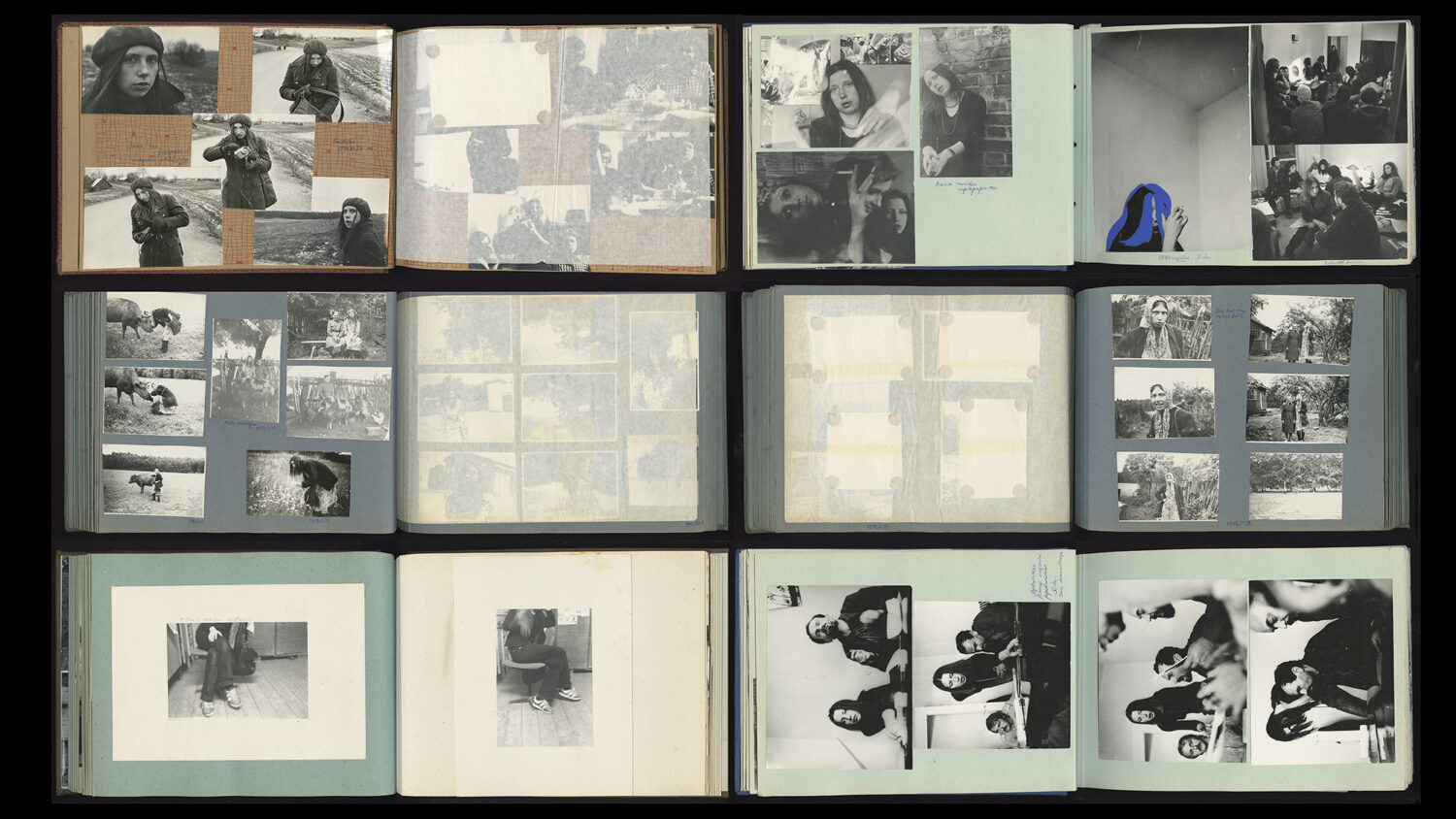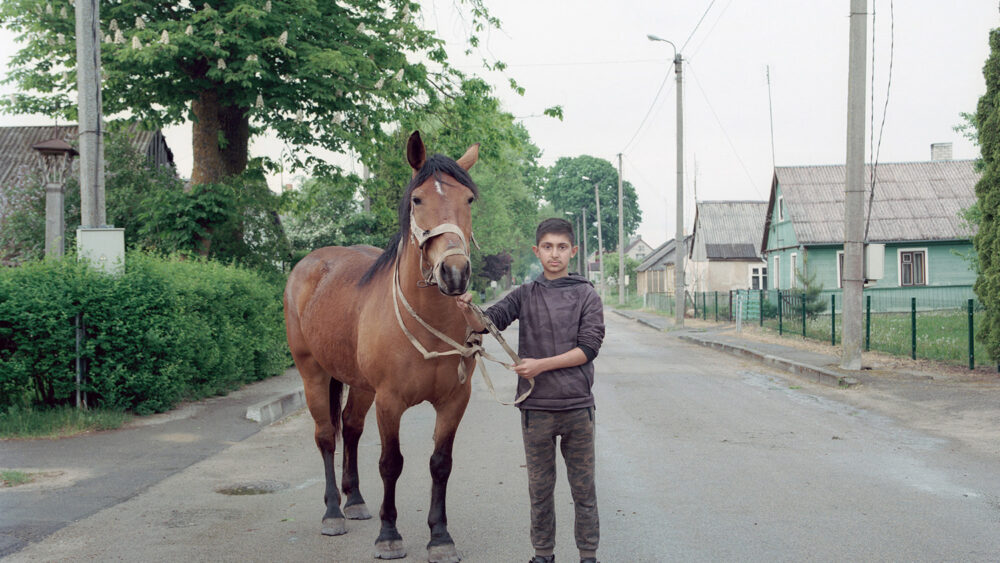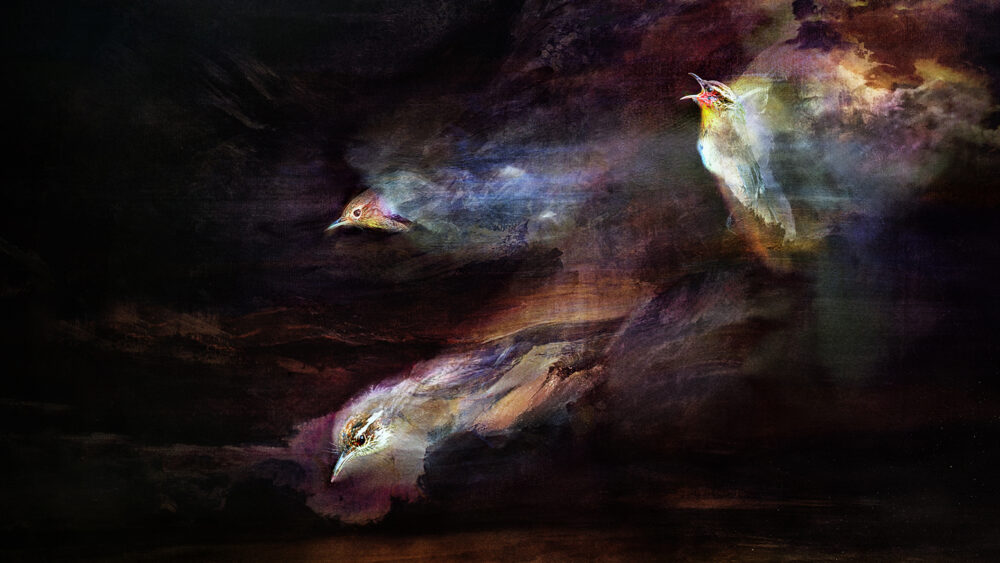Ladies, Grannies, and Everyone Else. Interview with Dalia Mikonytė
Until 25 September, the exhibition Ladies, Grannies, and Everyone Else by Milda Drazdauskaite is on view at Kaunas Photography Gallery. Drazdauskaite is a Lithuanian photographer who has been barely presented and researched, having worked in changing historical circumstances at the intersection of classical humanist photography and conceptualism. This liminality is both her strength and her stumbling block. Dalia Mikonyte, an artist, photographer, and researcher, works with the Drazdauskaite archive and curates this exhibition. Her work focuses on intimate space and time, personal experience, female identity and its representation, signs and reality, and feminism. Dalia’s interest balances history with contemporary art, theory and feeling.
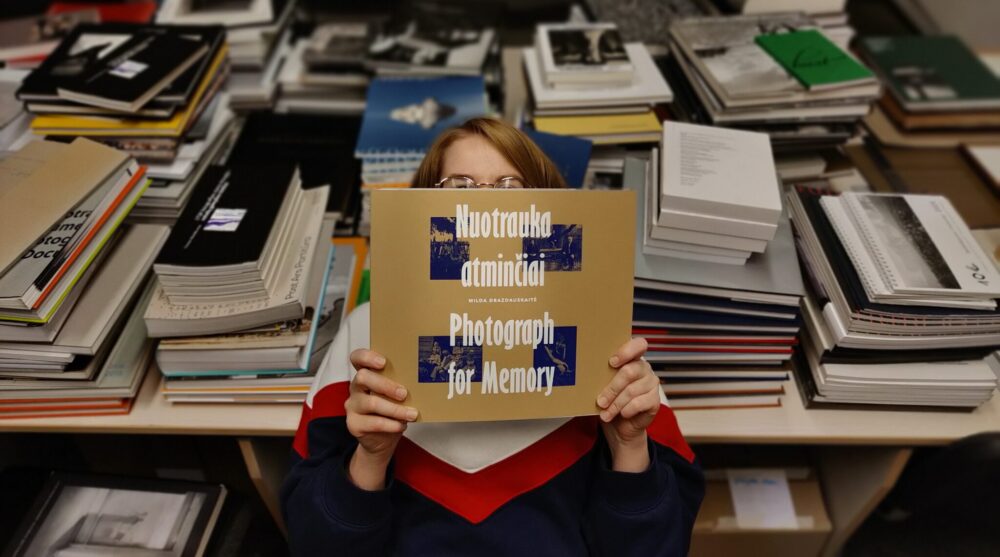
How did you become familiar with Milda Drazdauskaitė’s photographic archive?
I have always been interested in female creativity and female artists and photographers. I started working in the archive of the Lithuanian Photographers Association in 2020. My main duty is to take care of the archive – digitizing, describing, measuring, and renewing contracts with authors or their heirs. It caught my attention that there are not many female photographers in Lithuanian photography history; we know only a few of them – Violeta Bubelytė, Snieguolė Michelkevičiūtė, Irena Giedraitienė… I worked with their silver prints in the archive. Milda Drazdauskaitė caught my attention because I had heard some funny stories about her from my former colleague Palmira Barkuvienė, who worked in the archive for many years. The archive had enough prints of Milda’s work, but I called her son, and he promised to bring more.
What has been your experience with the Drazdauskaite’s archive so far?
All the archival material the Lithuanian Photographers Association already had, as well as what Milda’s son Matas Judickas later brought to me, was fascinating, so I decided to create a book from it. I was especially impressed by Milda’s personal albums, filled with biting humor and fierce drive! Laima Kreivytė and I edited the book Photograph for the Memory by Milda Drazdauskaitė, which was published in 2023. Adomas Narkevičius and Laima Kreivytė contributed excellent texts to the book, and I also included an interview with Milda’s close friend and colleague, photographer Gintaras Zinkevičius. I strongly believe there is great potential for critical and curatorial research in Milda Drazdauskaitė’s work. Her photographs, like those of her colleagues Algirdas Šeškus, Alfonsas Budvytis, Vytautas Balčytis, and Gintaras Zinkevičius, should be much more frequently reviewed in the context of contemporary art and photography. I’m eager to see Milda’s work reflected through the perspectives of the new generation of art critics and curators.

How would you evaluate the overall process of writing the history of photography in Lithuania? Is there still a lot that remains unknown and unrecognized?
I don’t think there is much that is unknown and unrecognized in the history of Lithuanian photography, but it’s always possible to highlight something that previous curators or critics may have overlooked or deemed unimportant. It makes me sad that we have so many talented artists, but only the few who are already well-known internationally are presented by curators and cultural attachés. Please, bring something new to the galleries and biennale – everyone already knows the famous names :)
Milda was recognized and known in her tim – in 1978, she began participating in exhibitions and working at the Lithuanian Photographers Association. Some of her works traveled to various European galleries, and even Antanas Sutkus entrusted her with printing his photos.
In my opinion, the overall process of writing the history of photography in Lithuania is dynamic and diverse. The Lithuanian Photographers Association is doing significant work by organizing exhibitions, publishing the yearbook and magazine Photography, as well as exhibition catalogs, monographs, and albums. They also collaborate with international curators and represent Lithuanian photographers. Over the years, the Lithuanian Photographers Association has accumulated one of the largest and most valuable collections of photographs in Lithuania. Since 2019, this collection has been actively digitized, cataloged, and published. It is open to new research, discoveries, and is continuously being updated.

The exhibition description mentions the “photos for memory”. Is this a term used by Milda herself?
Yes, she used this term herself. As Gintaras Zinkevičius mentioned, ‘Photograph for Memory’ sounds nice in Lithuanian and is logical in a photographic sense. I interpret Milda’s attitude as not giving too much credit to the photographer, because everyone who poses equally participates in creating photographs for memory. Drazdauskaitė’s choice to take ‘photos for memory’ reflects an ironic and conceptual approach to photography – it is a way to overcome the resistance of the models and downplay the photographer’s authorship. Milda Drazdauskaitė’s works are characterized by obvious posing, the models’ performances of a more beautiful life, and a focus on the absurdity of everyday life, highlighting the dissonance between who they are and how they want to appear. The exhibition at the Kaunas gallery revisits Drazdauskaitė’s favorite subjects – ladies, grannies, and everyone else posing beside them.
Are there any parallels between Milda Drazdauskaite’s work and your own?
I want to believe so. Milda took photographs for memory, capturing her close environment, and I can find some similarities with my own work. My projects are also very personal. I archive my close environment and reflect on my own life, researching forms and structures of sentiment, memory, and archiving. I have also created, and continue to create, personal albums for many years – starting in 2004, so it’s been 20 years already.
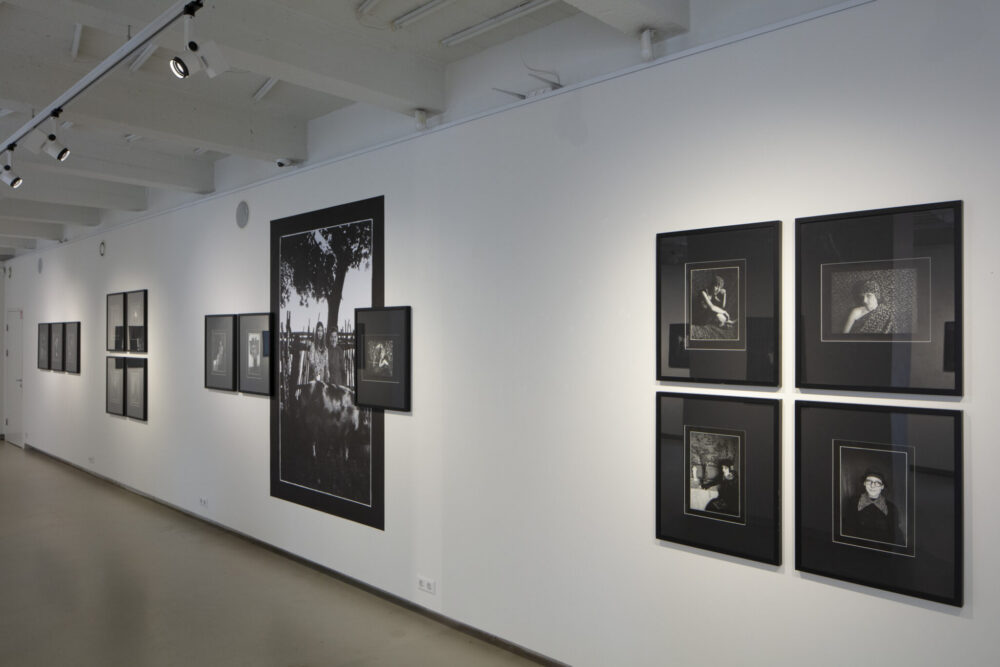
What inspires you?
My intensive personal life mostly – sometimes grayscale, sometimes colorful. I am motivated by the dedication and persistence of other cultural figures, and by the need to maintain quality even in the face of unfavorable cultural policy or simply challenging environmental conditions. I believe an artist or curator should find joy in the process of creative work, as the results and feedback are almost never fulfilling enough. I think everyone would be much more inspired by doing most things more slowly and with greater care – that’s the goal now.
What do you think the biggest challenges for photographers are at the moment?
I think most people have to deal with a lack of motivation and darker periods in life, regardless of whether they feel like an artist or not. It seems to me that the most difficult thing is a very intense, full cultural life, teetering on the edge of poverty – culture and art workers are very poorly paid, must work multiple jobs and projects, and there are many gaps in the financing of the cultural sector.
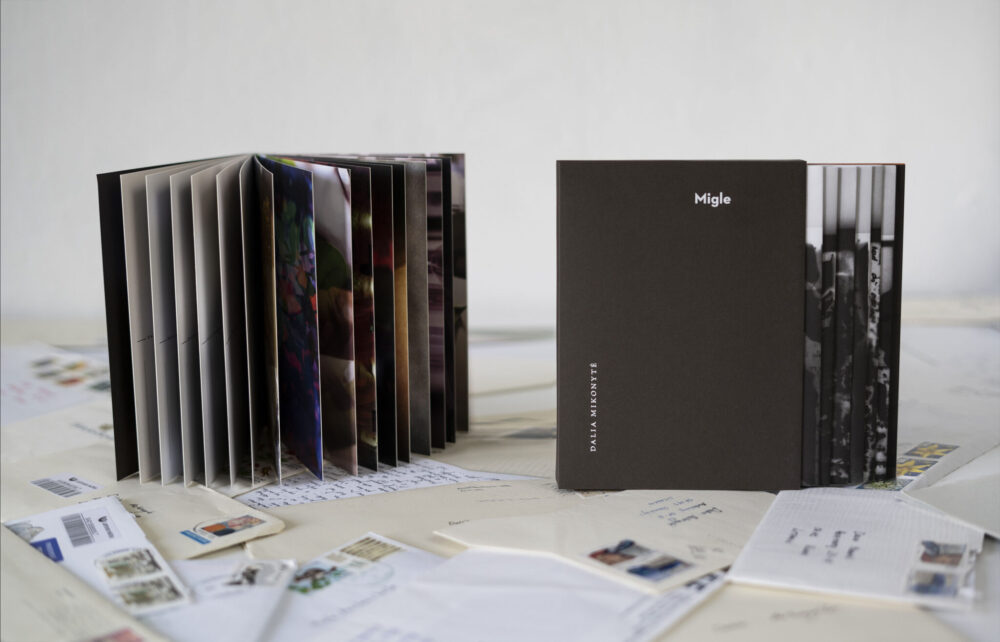
What are your creative plans for the future?
I just published my second book for the project Migle. The exhibition of this project was presented in Vilnius and Stockholm. Migle is about a friendship lasting more than 20 years, which has a literary manifestation – handwritten letters. I made contact prints of the letters – photograms – for the Migle exhibition. Creating this form of analog contact print is akin to writing a letter by hand; both the photographic and paper surfaces are touched directly. In cooperation with Migle, a cycle of analog photography was also created—a double exposure was photographed, thus overlapping different times and cities of me and Migle (Panevėžys, Vilnius, and Stockholm). The book actually completes this project – with double-exposed postcards, folding letters, text by Marija Martinaitytė, and an interview by Lina Simutytė with Migle and me. I am happy to present my book and do an artist talk at the international photography symposium NIDA. Meeting Photography this September. Later this year, I will continue my collaboration with artist Adomas Žudys, composer Marija Jociutė, and writer Lina Simutytė on our new project Domestic Astronomy. My present, past, and future are visible on the website and Instagram.
